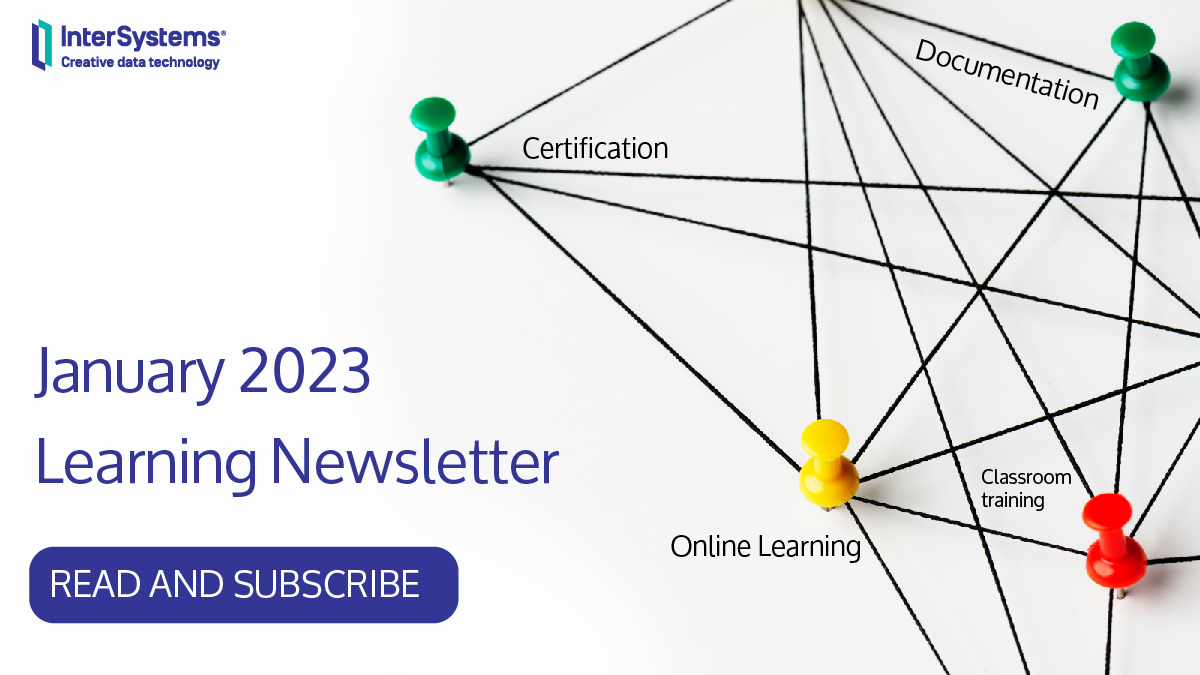Hi Developers!
This is the digest of new solutions and applications submitted to InterSystems OpenExchange in February 2020!
New applications in February 2020
EXCEL SUDOKU by alex kosinets
Sudoku game implementation in Excel using InterSystems IRIS as a server
RESTForms2 by Henry Hamon Pereira
RESTForms2 is a framework to create the REST API for InterSystems IRIS persistent objects automatically
FirstLook-Globals by Evgeny Shvarov
Firstlook example of InterSystems Globals
IRIS Interoperability Message Viewer by Henrique Gonçalves Dias
A new approach for the Interoperability Message Viewer
iKnow by Benjamin De Boe
The iKnow Natural Language Processing technology was originally developed in Belgium and then acquired by InterSystems in 2010. In February 2020, InterSystems published the technology to open source, expanding the possible use cases for it beyond embedded use from the InterSystems IRIS Data Platform. iKnow is open to community contributions to enhance the engine, language models and interfaces for use in-text exploration, information extraction, and machine learning use cases.


(1).png)
.png)
.png)